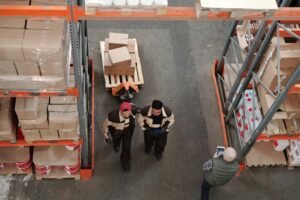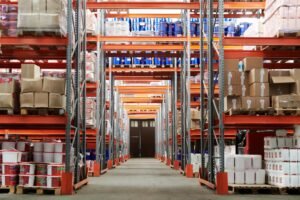
Brazil’s Growing Geographical Indications
Brazil’s Geographical Indications on the Rise: A Key to Regional Development
Brazil closed 2024 with 125 Geographical Indications (GIs), a significant milestone in recognizing regional products that carry not only flavors and traditions but also the history and lifestyles of local communities. Brazil’s Growing Geographical Indications reflect the country’s increasing commitment to preserving its unique cultural heritage and boosting local economies. As the number of certified GIs rises, Brazil’s international presence in the market for traditional products also strengthens, signaling the country’s potential for even greater growth in this sector.
The first GI of 2024 was for dried chamomile from Mandirituba, PR. Other regions gained recognition throughout the year, including the pineapple from Porto Grande, AC and the traditional Renda Filé lace from Jaguaribe, CE. Bananas from Luiz Alves, SC received the final GI recognition of the year, highlighting the growing value of Brazilian products in the global market.
Despite these accomplishments, Brazil has immense potential to expand its number of GIs. The country could reach 200 GIs in the next two years, given the many products that remain untapped. Improving control and traceability will further enhance the trust in these products and increase their visibility in domestic and international markets.
The Strategic Importance of Geographical Indications for Brazilian Producers
Geographical Indications are more than just quality seals. They offer a strategic opportunity for producers to gain greater visibility in the marketplace, especially abroad. When a product receives a GI certification, it signals more than just an item for sale; it opens the door to an authentic experience tied to regional culture and traditional production methods.
One example of this trend is the Origem Controlada de Cafés platform, launched in November 2024. This platform consolidates data from 15 coffee-producing regions with GI status, providing greater credibility and visibility to coffee producers. It also ensures product traceability, which is essential for markets that demand transparency. The platform was developed through a partnership between Sebrae (Brazilian Service of Support for Micro and Small Enterprises), the Brazilian Agency for Industrial Development (ABDI), and the Brazilian Confederation of Agriculture and Livestock (CNA).
Sebrae plays a key role in increasing Brazil’s number of GIs by supporting producers throughout the entire process. From the initial diagnostic stage to final registration with the National Institute of Industrial Property (INPI), Sebrae provides essential guidance. Their support goes beyond paperwork, helping producers structure and manage their GIs in a sustainable way.
How Geographical Indications Drive Local Economic Growth and Global Recognition
GIs have a direct impact on local economies by encouraging small-scale production and ensuring fair prices for producers. They also help preserve traditional flavors and know-how, which might otherwise fade over time. But the impact extends beyond local markets. GI products have immense potential in international markets, where demand for authentic and exclusive foods is on the rise.
By guaranteeing that products adhere to traditional methods and quality standards, GIs also help protect Brazil’s cultural identity, a country known for its immense diversity and rich traditions.
Geographical Indications: Understanding Them and Their Global Importance
Geographical Indications are legal certifications that affirm a product’s authenticity and quality, tied to a specific geographic region. These labels not only value local production but also ensure that the product follows traditional manufacturing methods, maintaining its uniqueness and originality. In Brazil, examples like Minas Cheese and Cerrado Coffee demonstrate how GIs can open doors to demanding markets and drive regional economic growth.
The challenge now is to expand the number of GIs in Brazil. These certifications are powerful economic tools for regional development and play a key role in strengthening Brazil’s cultural heritage, positioning the country on the global stage.
With existing platforms like Café and upcoming ones for honey and cheese, Brazil is moving closer to consolidating its leadership in the global market for traditional, artisanal products. Thanks to the support of institutions like Sebrae, producers will have even more resources to meet both domestic and international market standards.






